
Review on RKURCK 125-250V AC 50V DC Push Button Circuit Breaker 18 Amp Thermal Overload Protector L1 Series Manual Reset Thermal Circuit Breaker (18A) by Mark Tarnowski

It does not respond to short circuits.
I installed this circuit breaker with a 20 amp slow blow fuse. I didn't want to replace that fuse every time the microswitch bounces, so I installed this 10 amp manual reset switch in line with the fuse. Current flows from the main wire through the circuit breaker to the power board and the only circuitry on the board from that point goes to where the 20A fuse is located. Power is supplied from there to other parts of the device, mainly the power button next in line. The standard switch is rated for 16 amps. If a fault occurs the micro switch contacts will fuse together but the circuit breaker will not trip, the fuse will not blow and the 15 amp house circuit breaker saves the day by tripping instantly. The 10 amp circuit breaker doesn't open - at least it doesn't need to be reset. What's so good about that? In order for the main circuit breaker to open, the current in the line must exceed 15 amps. The breaker in the instrument should only draw 10A - main switch, power cord, 10A manual reset switch, 20A fuse, mains switch all in series and must open in the following order: 1) 10A manual reset switch, 2) main switch , 3) slow blow fuse, 4) power switch contacts together. Ideally, if all of these protections are working properly, the current through the breaker contacts shouldn't exceed much more than 15 amps before the 10 amp breaker opens, which is plenty since the situation is a full short where only the fuse gets hot to provide flow resistance. Instead, the switch makes contact with the fuse, the 10A manual reset circuit breaker stays closed and draws current as long as the fuse is still good. Only the house wiring is protected as a 15 amp circuit breaker actually operates at 15 amps even under short circuit conditions. So what happens - is it a 3-50 amp breaker or a 10 amp breaker? It appears to be a 50 amp circuit breaker that could fail if you push 3 amps through long enough to get hot. What's so good about that? How can you call this item a 10 amp manual reset circuit breaker when a full short circuit won't open it? I do not recommend it to anyone as a circuit protector.
- Breaking capacity: 1000 amps
- not reliable
New products
Comments (0)
Top products in 👷♀️ Circuit Protection Products
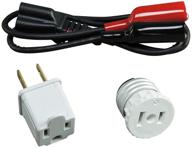
🔌 Enhance Your Electrical Work with Klein Tools 69411 Accessory Adapters

7 Review

🔌 Bussmann GMA 5A Acting Cartridge Listed: Reliable and Efficient Cartridge Fuse for Your Automotive Needs

7 Review
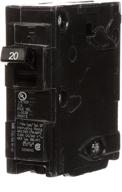
⚡ 20 Amp Single Circuit Breaker for Q120

8 Review
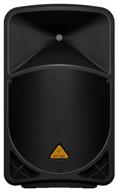
Acoustic system BEHRINGER Eurolive B115D black

11 Review
Another interesting products
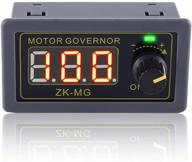
Adjustable Regulator Generator PEMENOL Controller

9 Review
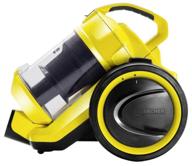
Vacuum cleaner KARCHER VC 3, yellow

176 Review
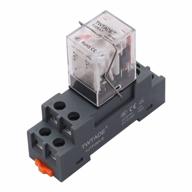
TWTADE/AC 24V 10A Coil Electromagnetic Power Relay 8 Pins 2DPT 2NO+2NC With Indicator Light And Socket Base -YJ2N-LY

9 Review
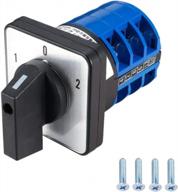
Universal Rotary Cam Selector Latching Switches - VictorsHome Changeover Switch LW28-32 With 3 Positions, 12 Terminals For 690V, 32A Capacity

9 Review

